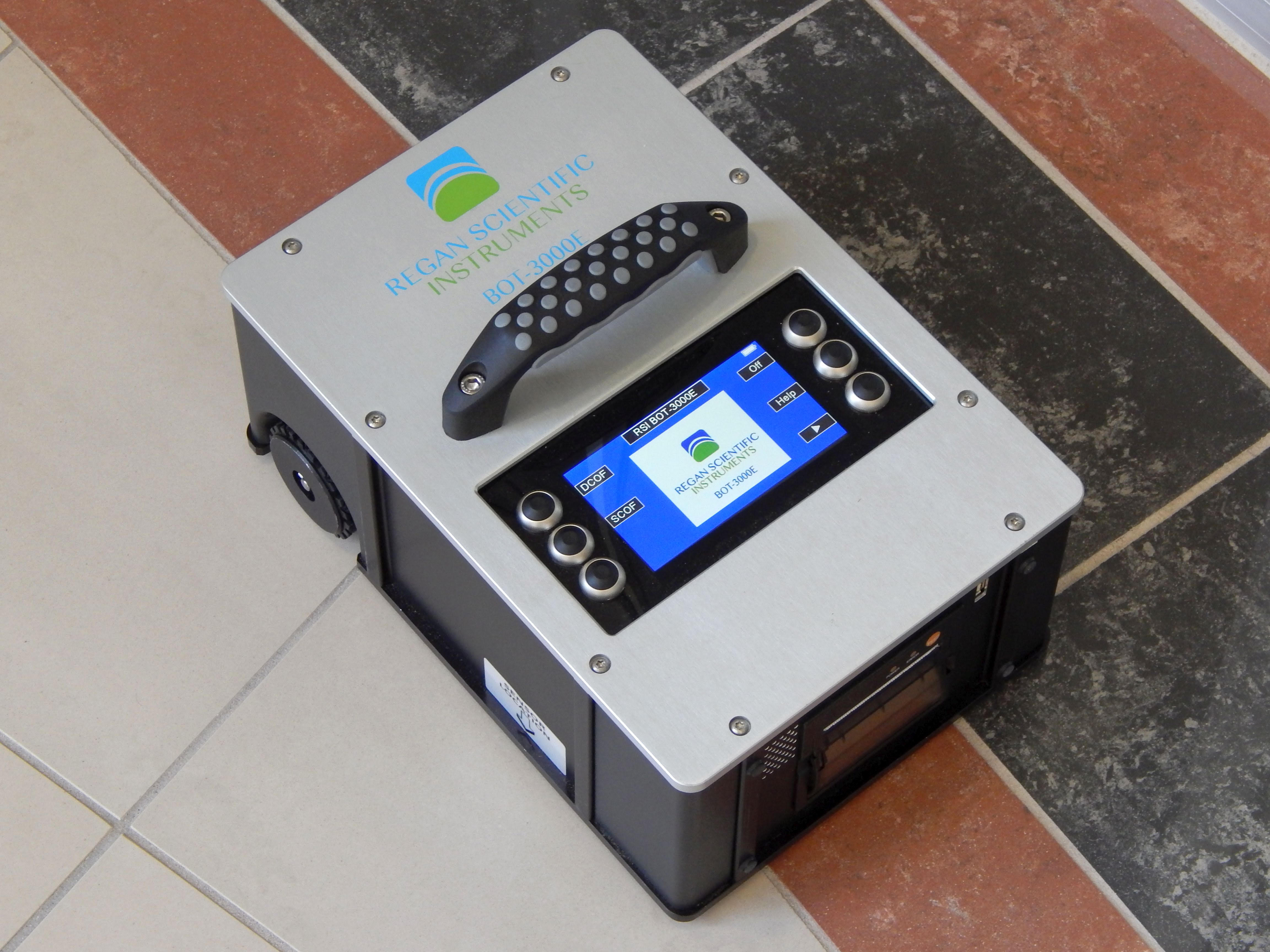
By: Gidon R. Vardi, Ph.D
According to an article published by CNA Financial Corporation titled “Risk Control Bulletin: Tribometry – A Scientific Approach to Reducing Slip-and-Fall Hazards”, (2016) “over 8 million people are sent to hospital emergency rooms as the result of slip-and-fall accidents (www.cdc.gov)”. Considering the significance of such statistics the governing agencies who are responsible for safety in general and floor safety, specifically, need to address this issue with immediate seriousness.
Currently, not a single jurisdictional building code, OSHA regulation, or any other recognized national governmental agency has issued or endorsed a published standard test method (STM) in conjunction with acceptance threshold values. Moreover, these organizations seem to have turned a blind eye toward our overseas allies who are light years ahead of us in slip and fall prevention. Unless we can agree on how slip and fall risk is measured, we cannot properly assign preventive or corrective actions.
Most building codes today have a generic language that requires a floor to be “slip resistant”. This is not enough. From the moment we wake up to the moment we go to sleep the majority of humans are constantly traversing some kind of flooring. From plain dirt to super glossy custom nanoglass, floors are the most widely exposed surfaces that we see, feel, and are exposed to. Yet mandatory building and maintenance codes are silent as to the ever-present danger an unsafe floor covering poses.
For decades various voluntary standards by such domestic organizations as ASTM, ANSI, NFSI, and various international organizations have published their findings and proposed safety limitations. Recently ANSI A326.3 standard was published for measuring the Dynamic Coefficient of Friction. In fact, this is the only currently recognized published standard in the United States. Regardless of the tireless research that created this standard, it is voluntary. There is no actual mandatory value for recognizing what is considered to be a slip resistant floor.
In addition to the lack of a mandatory standard, the current status of testing methods are also not regulated. None of the popular tribometers currently being used in the United States including the English XL (based on ASTM F-1679 which expired) and the Brungraber Mark II (based on the ASTM F-1677 which expired) have any published United States floor safety standards on which their results can be relied upon. The only known tribometer currently manufactured and supported in the United States that can be relied upon to meet the new requirements of the ANSI A326.3 standards is the BOT-3000E, which is a non-proprietary instrument.

DIN 51130
It is time for the International Building Code to take the lead in publishing a mandatory standard for floor safety based upon the requirements of ANSI A326.3. It is time that we have a law by which all floor safety experts, building owners, maintenance companies, and the courts can rely upon for evaluating how to install and maintain the most used surface we rely upon. This national code needs to be clear not only in what safe values floors must meet but also how to test for those values with the use of field-use tribometric equipment, of which the results are known to be reliable and repeatable, and can correlate to a high degree with well-established laboratory instruments such as the DIN 51130 standard ramp.
Pacific Injury & Safety Experts is dedicated to the cause of making a national floor safety value and test method published in order to eliminate confusion in the floor safety industry.


Recent Comments